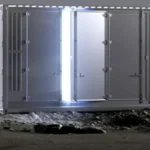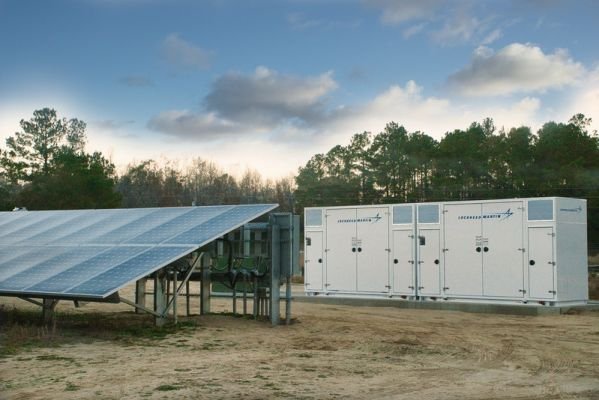Technological disruptions are quite subtle. Before you realize their full implications, the market is already transformed. Such a technological disruption recently happened in the renewable energy (RE) sector.
The Solar Energy Corporation of India (SECI) just concluded the auction of the world’s largest solar-plus-energy-storage tender.
The critical condition of the tender was an assured supply of 600 MW of power for six hours daily during peak demand time—from 5.30 am to 9.30 am, and from 5.30 pm to 12.30 am. The peak power had to be supplied on a day-ahead, on-demand basis.
This condition is generally applicable to ‘firm’ power suppliers like coal and gas-based plants, as these plants are available to produce power at all times.
Renewables are considered ‘infirm’, as solar plants are held to be capable of supplying power only when the sun shines, and wind plants, when the wind blows. All this has changed with this tender.
Not only was the auction oversubscribed, but it also came out with unheard-of prices.
Hyderabad-based developer Greenko won the bid for 900 MW capacity. It quoted an average tariff of Rs 4.04/kWh ($0.057/kWh) and a peak tariff of Rs 6.12/kWh ($0.086/kWh). Greenko is going to deploy pumped hydro storage technology to store electricity.
ReNew Power won the remaining 300 MW capacity using battery storage technology. It quoted an average tariff of Rs 4.30/kWh ($0.061/kWh) and peak tariff of Rs 6.85/kWh ($0.096/kWh)—the cheapest renewable-plus-battery storage capacity anywhere in the world.
No one expected solar-plus-battery storage to be as competitive as coal power for peak tariff. There will be no commercial rationale to install new coal or gas power plant as renewable-plus-battery-storage would out-price them. This could be the beginning of the end of coal-based power plants.
Thus, the traditional energy sector of India based on large coal and gas plants, and large state-supported discoms are on the verge of collapse because of one technological disruption—affordable renewable-plus-battery storage technology.
We should expect more such technological disruptions in the near future.
Reference- SECI website, Economic Times, Financial Express








